Post pandemic, what are the trends shaping the warehousing sector in India?
While the pandemic impacted international trade, and transport of cargo, the domestic supply chain for essential goods, powered by an aggressive e-commerce growth, kept the domestic warehousing and logistics sector afloat. With the advent of GST in India, the warehousing sector in India is going through huge transformation and consolidation. Warehouse consolidation is leading to higher inventory turnover ratio, which in turn, is leading to higher profitability in the post GST era. The effect of Covid has made all business owners rethink their business strategies. The warehousing sector has witnessed drastic changes during the pandemic and is still adjusting to today’s “normal.” Few important trends which are shaping today’s warehousing industry are§ The pandemic has accelerated the growth of e-commerce, and this has led to an increase in demand for warehousing space. As more and more people continue to shop online, the need for larger and more efficient warehouses is growing; Automation is becoming increasingly important in the warehousing sector. With the need to reduce human contact and increase efficiency, warehouse operators are adopting automated solutions for tasks such as picking, sorting, and packing; With the rise of e-commerce, last-mile delivery has become crucial. Warehouses are being strategically located near urban areas to ensure faster delivery times; There is a growing emphasis on sustainability in the warehousing sector. Warehouse operators are adopting green initiatives such as solar power, rainwater harvesting, and waste management to reduce their carbon footprint; Omnichannel retail is becoming increasingly popular, and this has led to the need for warehouses that can handle both online and offline orders. These warehouses need to be flexible and capable of fulfilling orders through multiple channels; The pandemic has led to an increase in demand for larger warehouses as businesses look to consolidate their operations and reduce costs. Larger warehouses enable businesses to store more inventory and reduce the number of facilities they need to operate; Increased demand of temperature-controlled warehouses and most importantly shift from “Globalisation” to “Regionalisation”. Overall, the warehousing sector in India is undergoing a significant transformation post-pandemic, and these trends are likely to shape the industry for years to come.
How has your organization performed in the last three years?
Green base’s portfolio continued to grow in FY 2020-23, reflecting strong demand for logistics space across India. Despite pandemic-related challenges, Green base’s industrial and logistics business posted robust earnings in FY 2020-23, driven by high occupancy rates and favourable lease renewals. The company's focus on developing modern, tech-enabled warehouses and industrial spaces helped it attract a diverse range of tenants, including manufacturing, automotive, renewable energy, e-commerce companies and 3PL players. With a strong pipeline of new development in the works, the company is well-positioned to capitalize on the growing demand for logistics space in India and maintain its leadership position in the industrial and logistics real estate sector. Our commitment to sustainability and green initiatives has helped it differentiate, with several of its properties receiving certifications for energy efficiency and eco-friendliness.
Which are the major warehousing projects you have completed in FY2022-23?
Greenbase Industrial & Logistics Park currently has presence in Chennai, Pune, Panvel, Nashik, Bhiwandi, Bengaluru and Durgapur with a total developmental potential of approximately 20 million sq ft. We are looking to expand this to 30 million sq ft in the next 5 years’ time through new investments in Tier 1 and 2 cities. During FY23 we have built and delivered warehousing space for automotive, 3PL and E-commerce. We delivered a state-of-the-art facility to Flipkart at our Integrated Industrial Park, which is located in Talegaon, Pune. The entire facility was built and handed over in five months enabling our client to start operations on time for the Big Sale Day.
What are the challenges faced by the warehousing sector in India?
When we speak of logistics, everything is time-bound. Each process depends on the one preceding it and a minor delay on one stage causes a magnified ripple effect on all the other stages. By the time we reach the stage of delivery, there ends up being a delay of days because of a few hours of down-time. The logistics industry in India can easily be called the backbone of any sector’s supply chain. Be it the healthcare, hospitality or manufacturing industries, logistics companies play one of the most important roles of connecting the organizations to their clients. Few of the blockages or crucial areas of concern, which are currently plaguing the logistics industry are transportation roadblocks, port & shipping problems, slower transition into newer technologies, slow regulatory approvals for land & construction, lack of last mile infra, and the ever-increasing fuel costs for global as well as domestic issues. Some of these problems will go on to stay for a longer duration of time as those are impacted at macro level due to many geo-political reasons but some of these can be eradicated with some smart and swift decision-making.
Which are the sectors that will drive the growth of the warehousing sector in FY 2023-24?
Resultant of the e-commerce boom, warehouses and distribution centres are turning into mega fulfilment centres. Larger warehouses also provide space and opportunity to improve operations via automation, resulting in quicker turnarounds. Along with e-commerce, third-party logistics (3PL) has been another major accelerator of the sector's rise. 3PL and e-commerce have become the fastest-growing segments in the warehousing space and are contributing the highest to the total net absorption. Demand from 3PL has increased as sectors such as e-commerce, engineering, electronics, and white goods are routing through 3PL. Demand from the retail sector has also increased significantly with the increasing disposable incomes and consumption. FMCG and pharmaceuticals too became active sectors during the pandemic, and they will continue to expand over the long term. Apart from the above, we believe the demand for frozen and cold products will drive growth towards establishment of cold storages in the country. Investments in cold storages are limited, with only 10 percent of horticulture production covered. Current spending on organized cold storage warehousing in India constitutes nine per cent of total logistics spending, as against 25 per cent in the US, suggesting the low prioritization of the sector. At Greenbase, we want to help in changing this data by providing world class infrastructure for preserving not just single commodity like potatoes and potato seeds but also multipurpose storages along with marine products and drugs (medicines) as well.
Which sector will contribute the maximum revenue for your organization in FY2023-24?
Historically, we have been able to strike the right balance between industrial and warehousing clientele. In the coming year, we are expecting a certain rise in occupancy from the 3PL segment due to continuation of the rising e-commerce boom. Overall the manufacturing sector will exponentially grow and will help India to develop at a higher pace.
How can the government assist in the growth of the warehousing sector? What are the policy and regulatory tweaks needed?
The Indian government can play a crucial role in facilitating the growth of the warehousing sector by introducing policies and regulations that support the development of the sector. Here are some policy and regulatory tweaks that can help the warehousing sector grow: the government can invest in infrastructure development to improve connectivity between different regions and promote the development of warehousing clusters. This can be achieved through the construction of new highways, rail lines, and air cargo hubs; the government can introduce a single-window clearance system to simplify the approval process for setting up new warehouses. This can help reduce delays and bureaucratic hurdles, making it easier for companies to set up warehouses; the government can provide tax incentives to companies that invest in the development of warehouses. This can include tax exemptions or deductions on capital investments, operating expenses, or income tax; the government can make land available at reasonable rates to companies interested in setting up new warehouses. This can be achieved through the creation of land banks or by leasing out government-owned land; the government can simplify regulations related to the operation of warehouses. This can include streamlining the process for obtaining licenses and permits, reducing the number of inspections required, and providing clarity on compliance requirements; the government can promote skill development programs to address the shortage of skilled labor in the warehousing sector. This can include training programs for warehouse managers, operators, and logistics professionals.
With policies like NIP, NRP, PM Gati shakti and the launch of NLP, the country will be connected with every nook and corner through DFC’s, Rail Corridors & Expressways. Very recently, India has jumped 6 places and ranked 38 out of 139 countries in the 7th edition of World Bank’s Logistics Performance Index 2023.
The unabated growth in the warehousing sector has led to increased demand for skilled and efficient manpower. What are the steps you are taking in this regard?
Post Covid-19, the ability to forecast future levels of business has become so difficult that many organizations are simply giving up trying. Instead of continuing to attempt to improve their forecasts, warehousing / logistics managers will need to become more agile and better able to respond to uncertainty. One needs to have a sound knowledge of demand planning, project management, IT & automation to evolve alongside technology interventions. Basic skill sets like negotiation, coordination, & understanding market dynamics, will always be key to remain relevant for a logistics professional, both at present & in future. At Greenbase, we are looking for constant upskilling for stakeholders at every level. This includes conducting workshops at site, virtual seminars with experts sharing their real-life experiences and senior leadership giving insights about the sector and competition.
What are your growth plans for your organization for the next three years?
Greenbase Industrial & Logistics Park currently has active parks in Chennai, Pune, Nashik, and Durgapur with a total developmental potential of approximately 12 million sq ft. We are looking to expand this to 20 million sq ft in the next 3 years’ time with additional land banks being added to our portfolio. We are in process for acquiring additional lands at Bhiwandi, Bengaluru, Chennai and Kolkata which will further push our developmental potential by another 8 million sqft. In addition to these, we are looking to expand our land portfolio in some tier-2 & tier-3 cities which have huge growth potential due to the emergence of e-commerce buying in their population bases. Another area where Greenbase is looking to make inroads is the In-City warehousing segment, which according to us will be the next massive thing in our sector. With last mile delivery companies pressing for instant and 10-minutes delivery models, we feel that there is a good scope for business in this market segment and we will be looking to launch this soon in MMR, NCR & Bangalore markets.








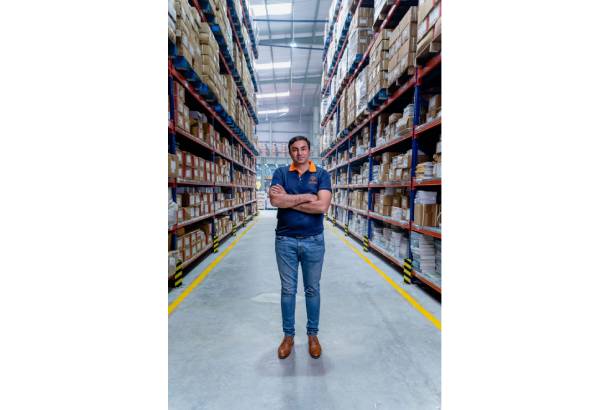

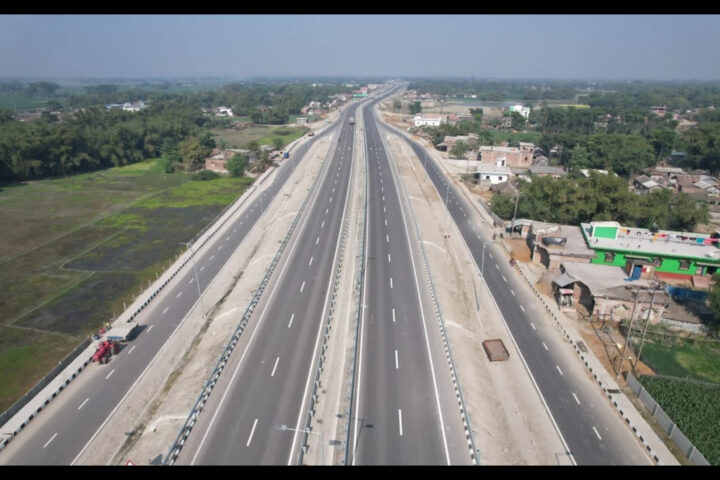

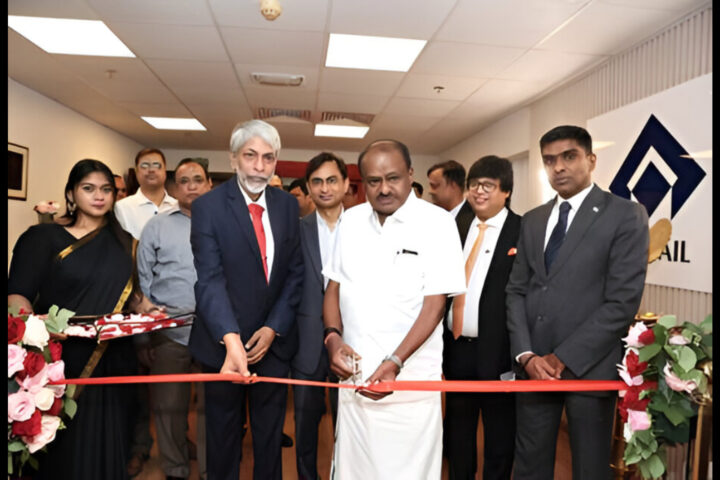
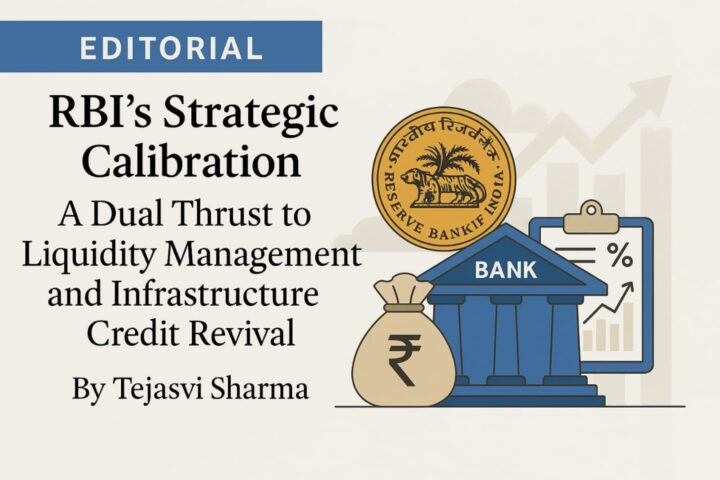

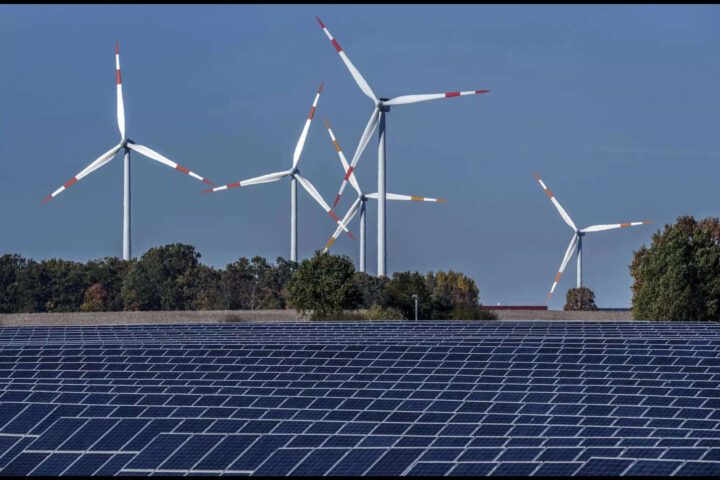

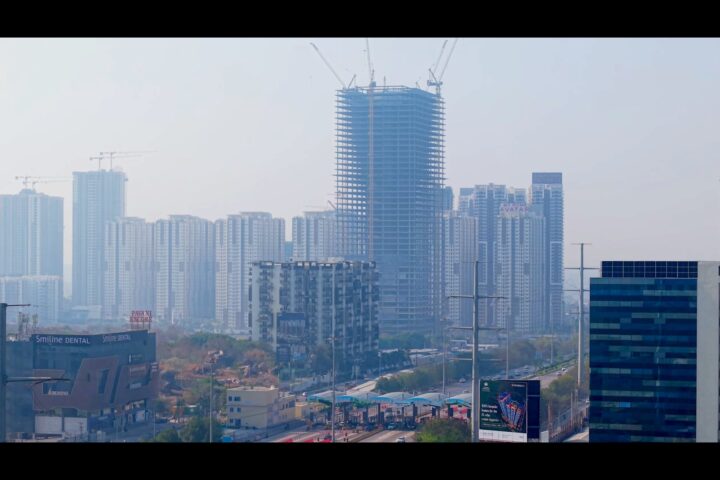

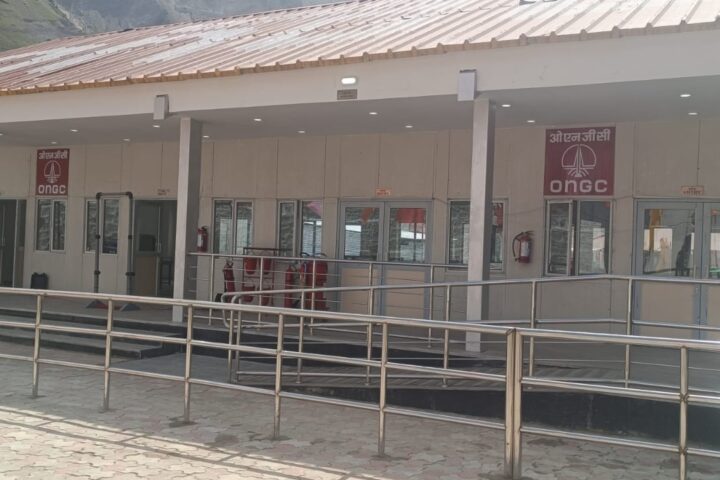

Follow